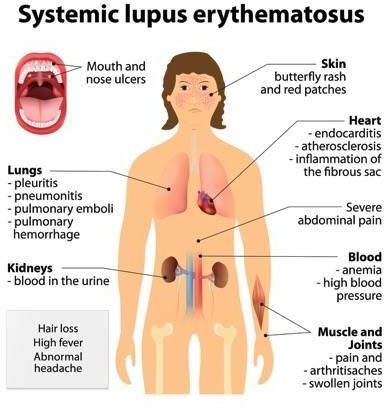A nurse is contributing to the plan of care for a client who has urinary incontinence.
Which of the following interventions should the nurse include in the plan?
Keep the head of the client's bed elevated to 45".
Limit periods of sitting in a chair to 4 hr.
Use a no-rinse perineal cleanser after incontinence.
Avoid the use of draw sheets for repositioning.
The Correct Answer is C
Urinary incontinence is the involuntary loss of urine, and it can have various causes and contributing factors. When developing a plan of care for a client with urinary incontinence, it is important to address interventions that promote comfort, hygiene, and prevention of complications.
using a no-rinse perineal cleanser after incontinence, is an appropriate intervention for maintaining skin hygiene and preventing skin breakdown. Cleansing the perineal area after episodes of urinary incontinence helps to remove any urine residue and reduce the risk of skin irritation or infection. No-rinse cleansers are often preferred as they are gentle on the skin and do not require rinsing, which can be more convenient for the client.
keeping the head of the client's bed elevated to 45 degrees in (option A) is incorrect because it, is not directly related to managing urinary incontinence. This intervention is typically used for clients at risk for aspiration or to improve respiratory function.
limiting periods of sitting in a chair to 4 hours in (option B) is incorrect because it, may be beneficial to prevent prolonged pressure on the pelvic floor muscles and promote circulation. However, it does not specifically address managing urinary incontinence.
avoiding the use of draw sheets for repositioning in (option D) is incorrect because it, is not directly related to managing urinary incontinence. Draw sheets are commonly used to assist with repositioning and transferring clients.
Nursing Test Bank
Naxlex Comprehensive Predictor Exams
Related Questions
Correct Answer is C
Explanation
Systemic lupus erythematosus (SLE) is an autoimmune disease that can affect the skin. Proper skin care is important for individuals with SLE to minimize potential flare-ups or exacerbation of skin symptoms. The recommended approach to skin care in SLE includes gentle cleansing and moisturizing.
"I will use an astringent on my face." Astringents are typically not recommended for individuals with SLE as they can be harsh on the skin and may cause irritation or dryness.
"I will cleanse my skin using an antibacterial soap." While it is important to keep the skin clean, using an antibacterial soap is not specifically required for individuals with SLE. Gentle,
Non-irritating cleansers without antibacterial properties are generally recommended.
"I will limit my time in the tanning bed to 15 minutes." Exposure to ultraviolet (UV) radiation, such as from tanning beds, can be particularly harmful to individuals with SLE. UV radiation can trigger or worsen skin manifestations and may lead to disease flares. Therefore, it is generally advised for individuals with SLE to avoid tanning beds altogether.
In addition to gentle cleansing and moisturizing, individuals with SLE should also practice sun protection, including wearing sunscreen with a high sun protection factor (SPF) and using protective clothing and accessories (such as hats and sunglasses) when exposed to the sun. Regular check-ups with a healthcare provider and following their recommendations are important for managing SLE and its associated skin manifestations.

Correct Answer is D
Explanation
Bright red vaginal bleeding
Placenta previa is a condition in which the placenta partially or completely covers the opening of the cervix. One of the hallmark findings of placenta previa is painless, bright red vaginal bleeding, typically occurring in the later stages of pregnancy. This bleeding can be sudden and heavy or intermittent. It is important for the nurse to recognize this sign and promptly report it to the healthcare provider.
Increased fetal movement in (option A) is incorrect: Fetal movement is not directly related to placenta previa and may vary depending on the individual fetus.
Persistent uterine contractions in (option B): Persistent uterine contractions are more commonly associated with conditions such as preterm labour or uterine irritability, rather than placenta previa.
Rigid abdomen in (option C): A rigid abdomen may indicate uterine hypertonus or other complications, but it is not a specific finding of placenta previa.

Whether you are a student looking to ace your exams or a practicing nurse seeking to enhance your expertise , our nursing education contents will empower you with the confidence and competence to make a difference in the lives of patients and become a respected leader in the healthcare field.
Visit Naxlex, invest in your future and unlock endless possibilities with our unparalleled nursing education contents today
Report Wrong Answer on the Current Question
Do you disagree with the answer? If yes, what is your expected answer? Explain.
Kindly be descriptive with the issue you are facing.
